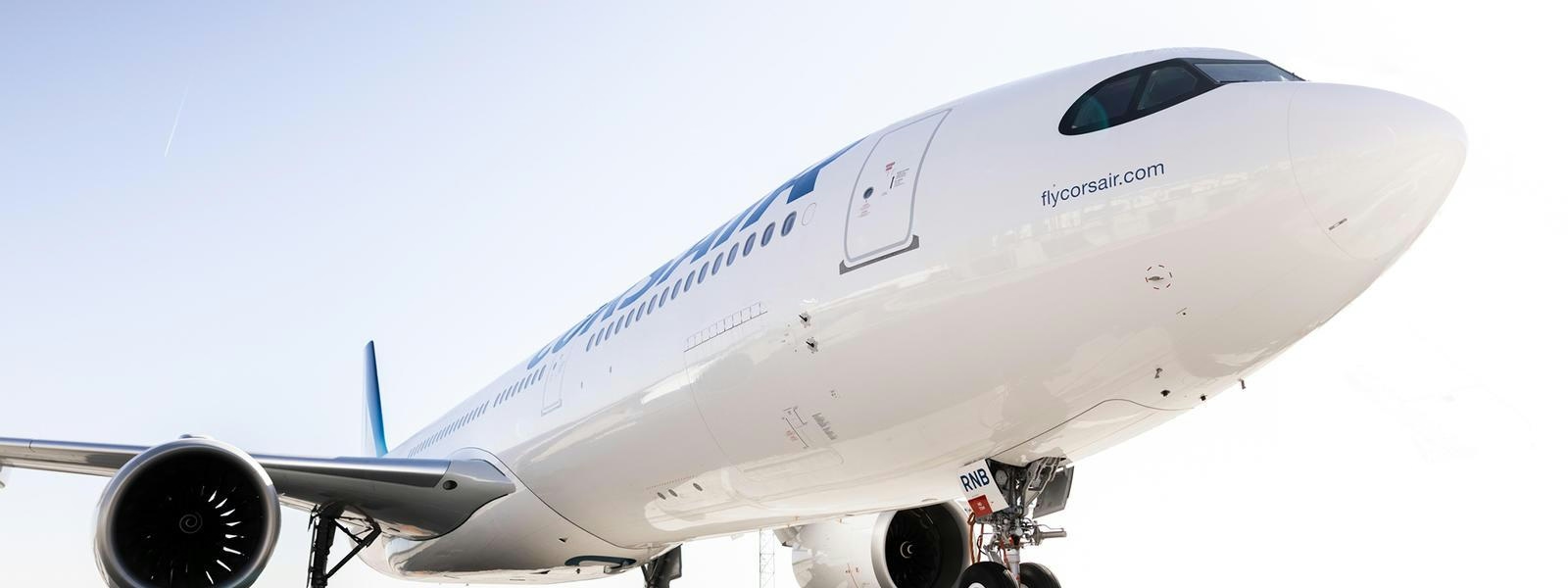
AeroGenie - مساعد الطيار الذكي الخاص بك.
الرائج الآن
Categories
Second Taxiway to Provide Direct Aircraft Access to Mihan Units
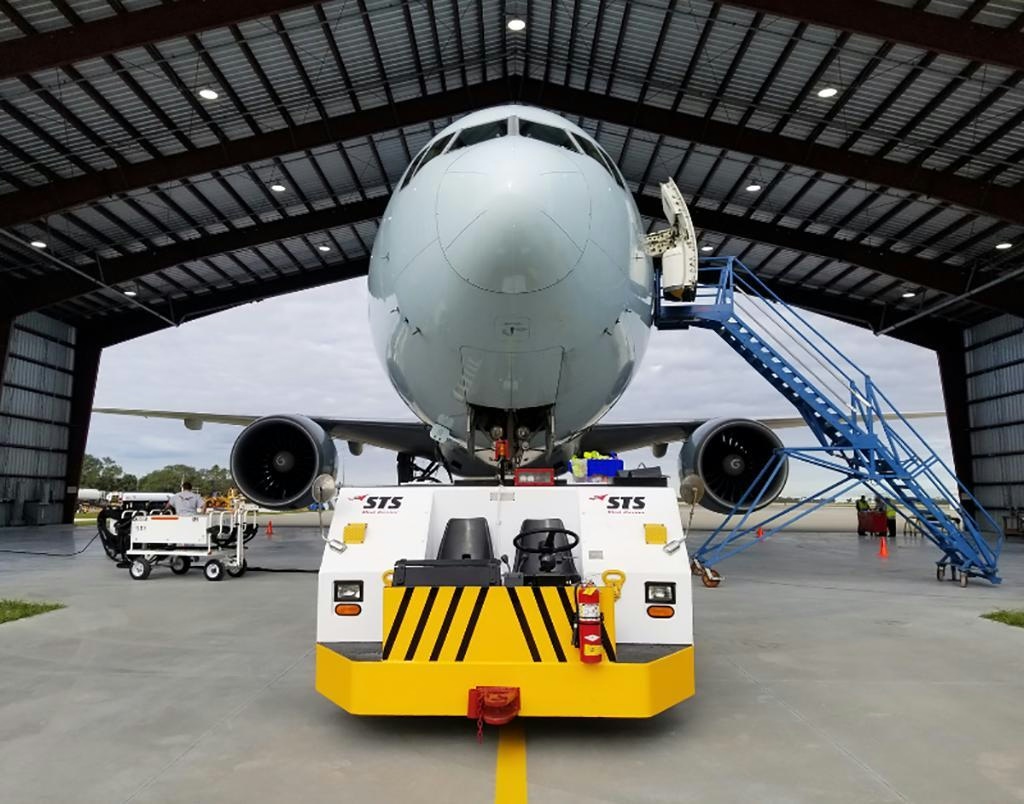
Second Taxiway to Enhance Direct Aircraft Access in Mihan SEZ
Nagpur: The Maharashtra Airport Development Company (MADC) is advancing plans to allocate nearly 400 acres within the Mihan Special Economic Zone (SEZ) exclusively for aviation sector investors. This initiative forms part of a broader strategy to attract additional industry players to the region and bolster its position as a key aviation hub. Central to this development is the construction of a second taxiway, which will provide direct aircraft access to new units within the SEZ.
Infrastructure Development and Strategic Connectivity
The proposed taxiway will serve as a critical link between the airport runway and the designated aviation area located outside the main airport premises. Spanning an estimated 1,000 to 1,500 metres, it will connect to the existing 1,800-metre taxiway, thereby enhancing operational flexibility and efficiency. This infrastructure will enable aircraft to be brought directly to the facilities of aviation companies or moved seamlessly from these units to the runway, streamlining maintenance, manufacturing, and other aviation operations.
MADC has already initiated the tendering process, inviting private firms to participate in the project. The current taxiway facilitates direct access to the maintenance, repair, and overhaul (MRO) depots of Air India and Indamer Aviation, as well as the Dhirubhai Ambani Aerospace Park (DAAP). Aircraft landing at Nagpur airport can taxi directly to these facilities, underscoring the importance of such infrastructure in supporting the region’s aviation ecosystem.
Industry Impact and Operational Challenges
The new taxiway is expected to be a significant attraction for aviation companies considering investment in Mihan. It will be strategically located near the Air India Engineering Services Limited (AIESL) MRO and TAAL unit, reinforcing MADC’s vision of establishing the SEZ as a premier destination for aviation industry operations. Notably, Dassault Reliance Aviation Limited (DRAL), a joint venture between Reliance Infrastructure and France’s Dassault, has announced plans to manufacture Falcon business jets at its Nagpur facility, highlighting the zone’s growing industrial footprint.
However, the expansion brings operational complexities. The addition of a second taxiway will require enhanced safety protocols and closer coordination with existing airport operations to manage increased traffic effectively. Stakeholder responses have been mixed; while many welcome the increased capacity and improved logistics, concerns have been raised about potential congestion and delays during peak traffic periods. Competitors may respond by pursuing similar infrastructure enhancements or advocating for regulatory changes to maintain competitive advantages.
Recent trends in airport management emphasize the need for adaptable infrastructure capable of handling surges in aircraft traffic during peak events. The planned taxiway aligns with this approach, aiming to provide the flexibility necessary to accommodate growing demand and support the evolving requirements of the aviation sector in Mihan.
As MADC progresses with the project, the successful integration of the new taxiway with existing facilities and the effective management of operational challenges will be crucial to sustaining the region’s expanding aviation ecosystem.
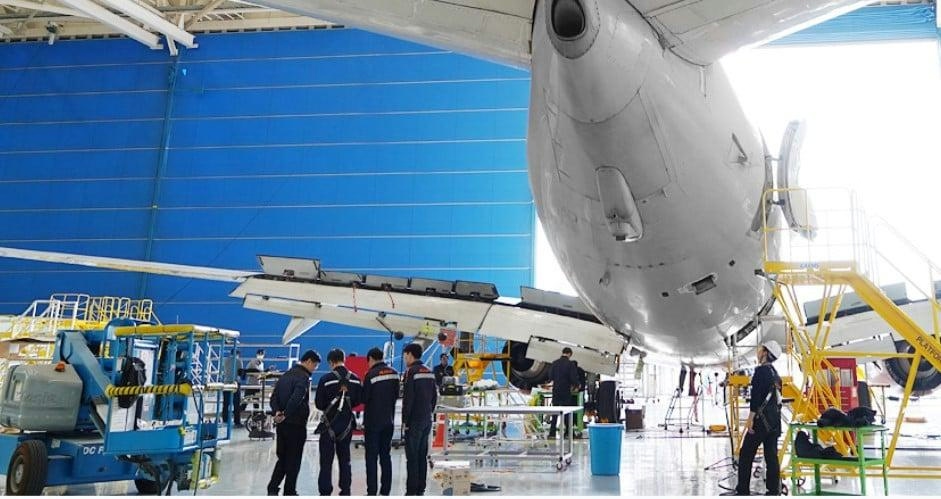
KAEMS Expands MRO Services with Tadpole Partnership

Russian Airlines Report Nine Engine Failures in One Week

AI's Role in the Holiday Season
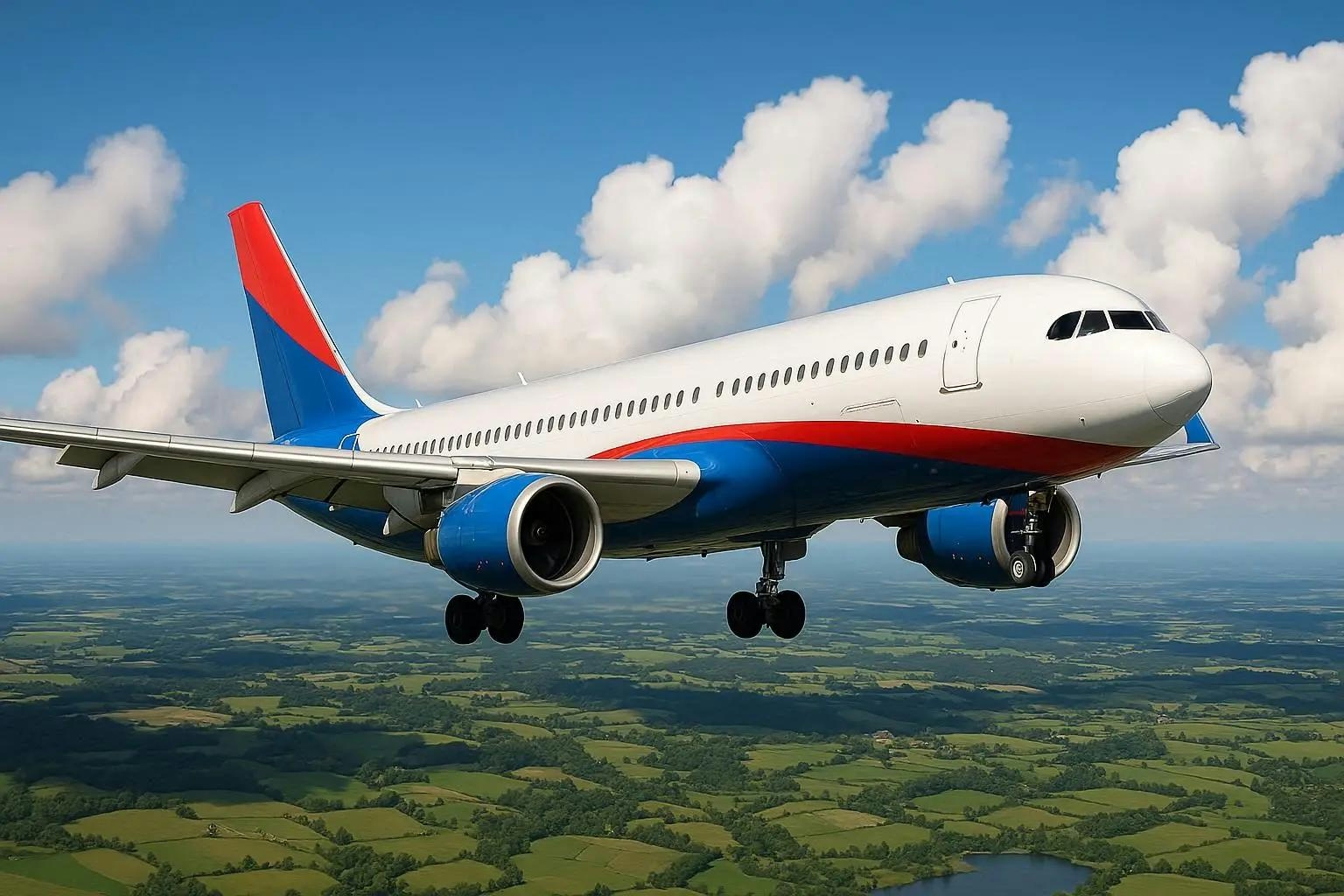
Three Decades of Global Tourism Influenced by the Boeing 777

Managing Technical Risk to Improve Returns for Aircraft Lessors
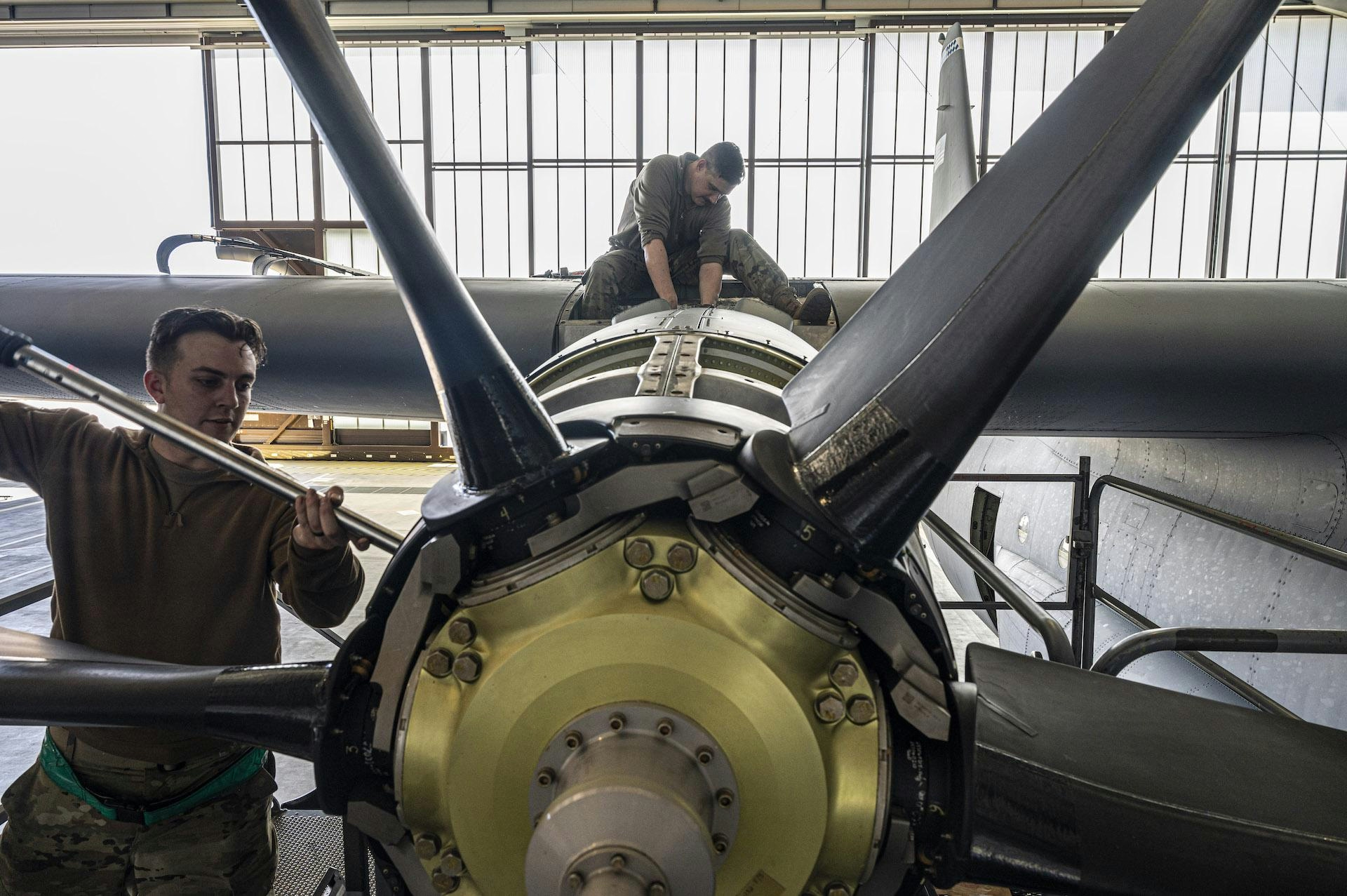
AI Advances Predict Aircraft Engine Failures
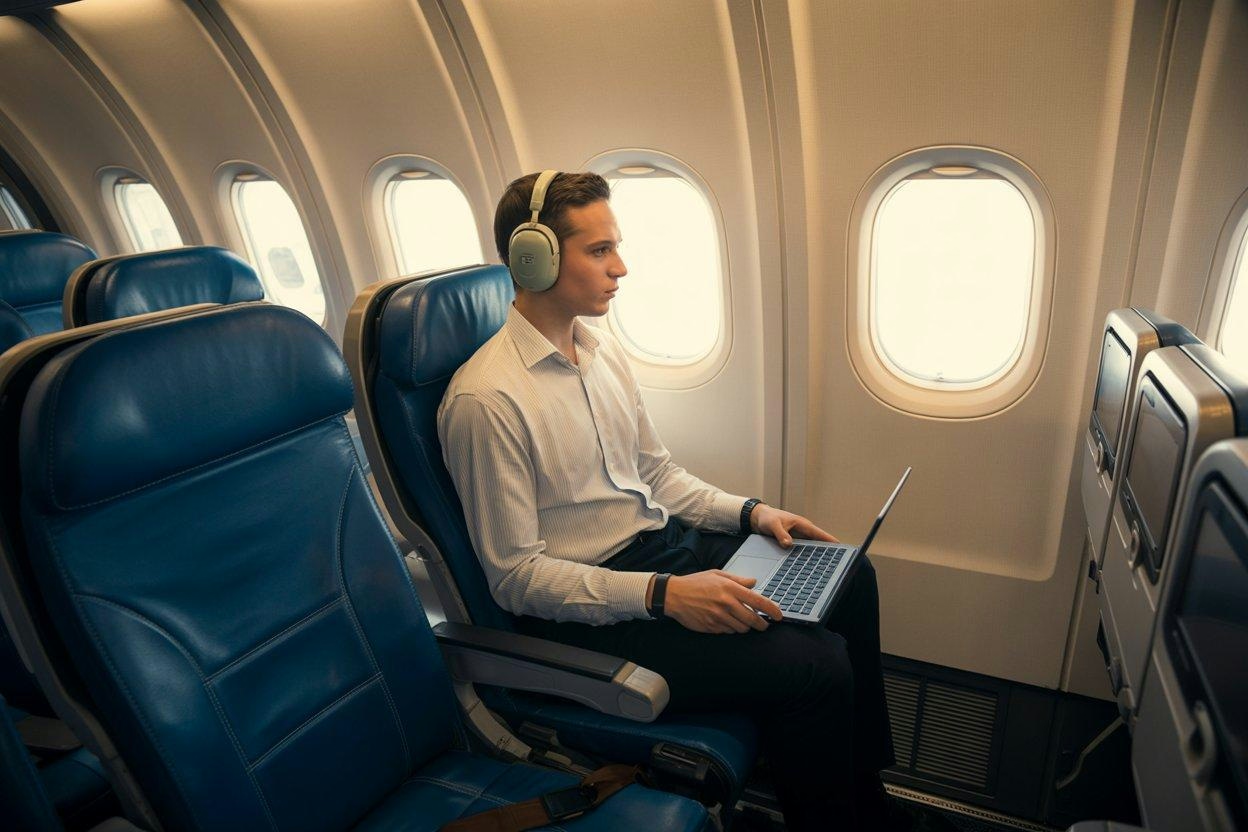
How AI and Global Connectivity Are Shaping Air Travel in 2026
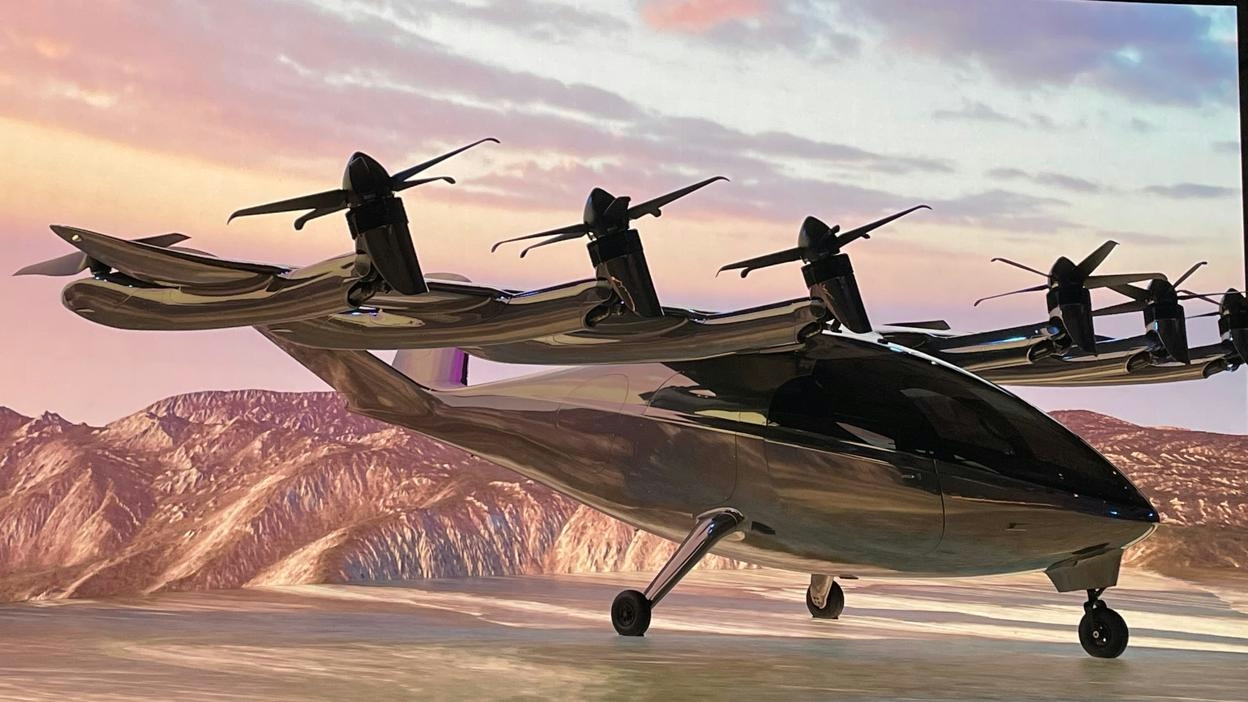
Valo eVTOL: The 150 MPH Electric Air Taxi with an Unusual Sound
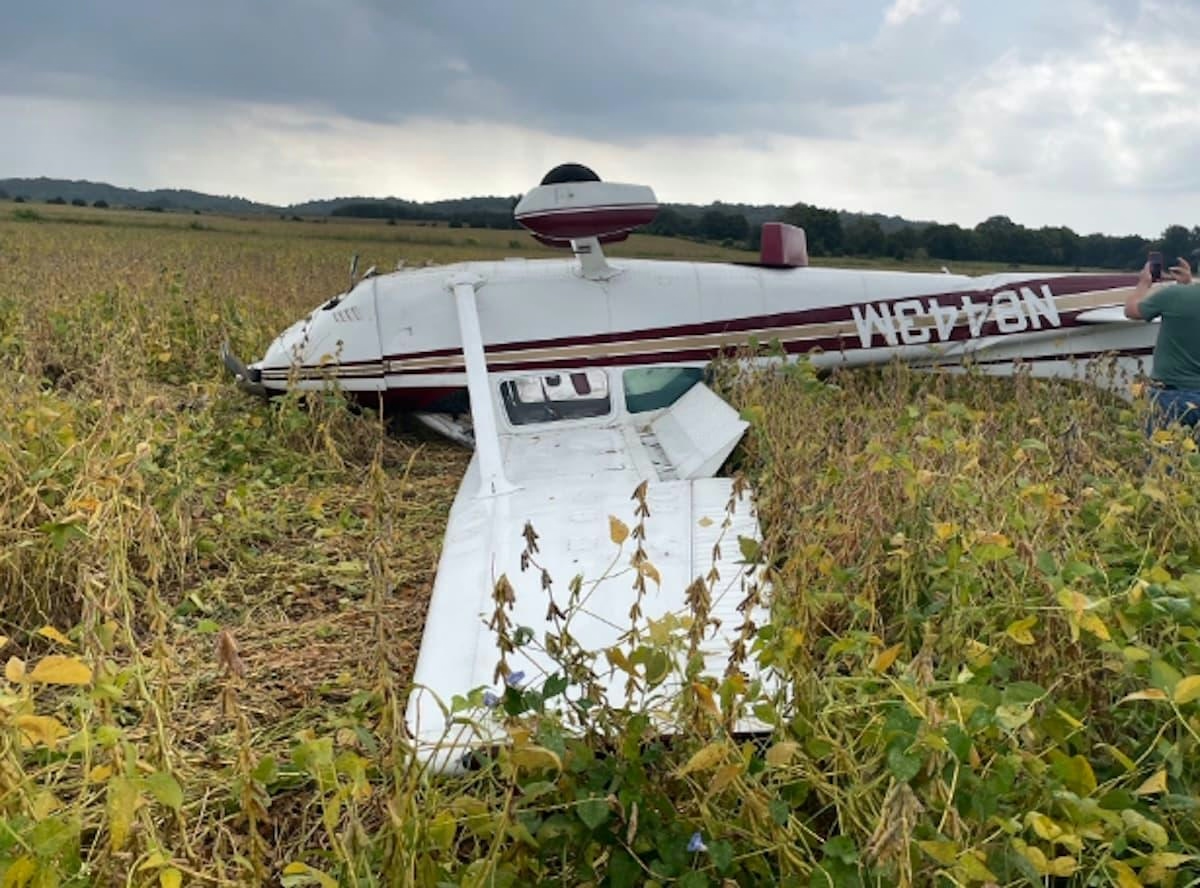
Study Finds Equipment Failures Remain Leading Cause of General Aviation Fatalities
